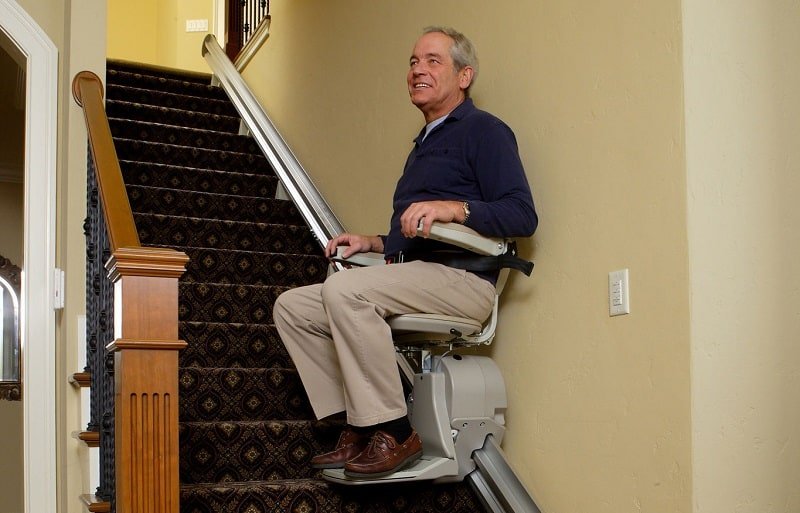Many elderly people face a difficult choice in their later years, as their ability to tackle the stairs in their houses becomes more difficult.
The purchase of a stairlift is quite a daunting prospect since it is something that you have probably never done before and will never do again.
Seated Stairlift
These tend to be the most common type used in a domestic setting. The majority of users are able to walk, but find it difficult to negotiate the stairs. For more information about personal assistants for the disabled and elderly, you can explore this link https://shamsen.se/personlig-assistans.

Image Source: Google
The person must be able to sit safely on the seat during transit and transfer on and off at the top and bottom of the stairs. A swivel seat and lift-up armrests will make transfers onto and off the seat easier.
Seating Position
There is a choice of fixed seats, fold-down seats, perching seats, and seats that slide forward to assist access in and out of the lift. Some companies will fix the seat at the most appropriate height for the user. Some of the questions you should consider prior to purchase are:
1.Will the standard seat provided be the correct size for the user?
2.Will the user need a special seat for a child or a harness for a more severely disabled child? A seat unit or molded seating system will have to be removed before the seat can be folded.